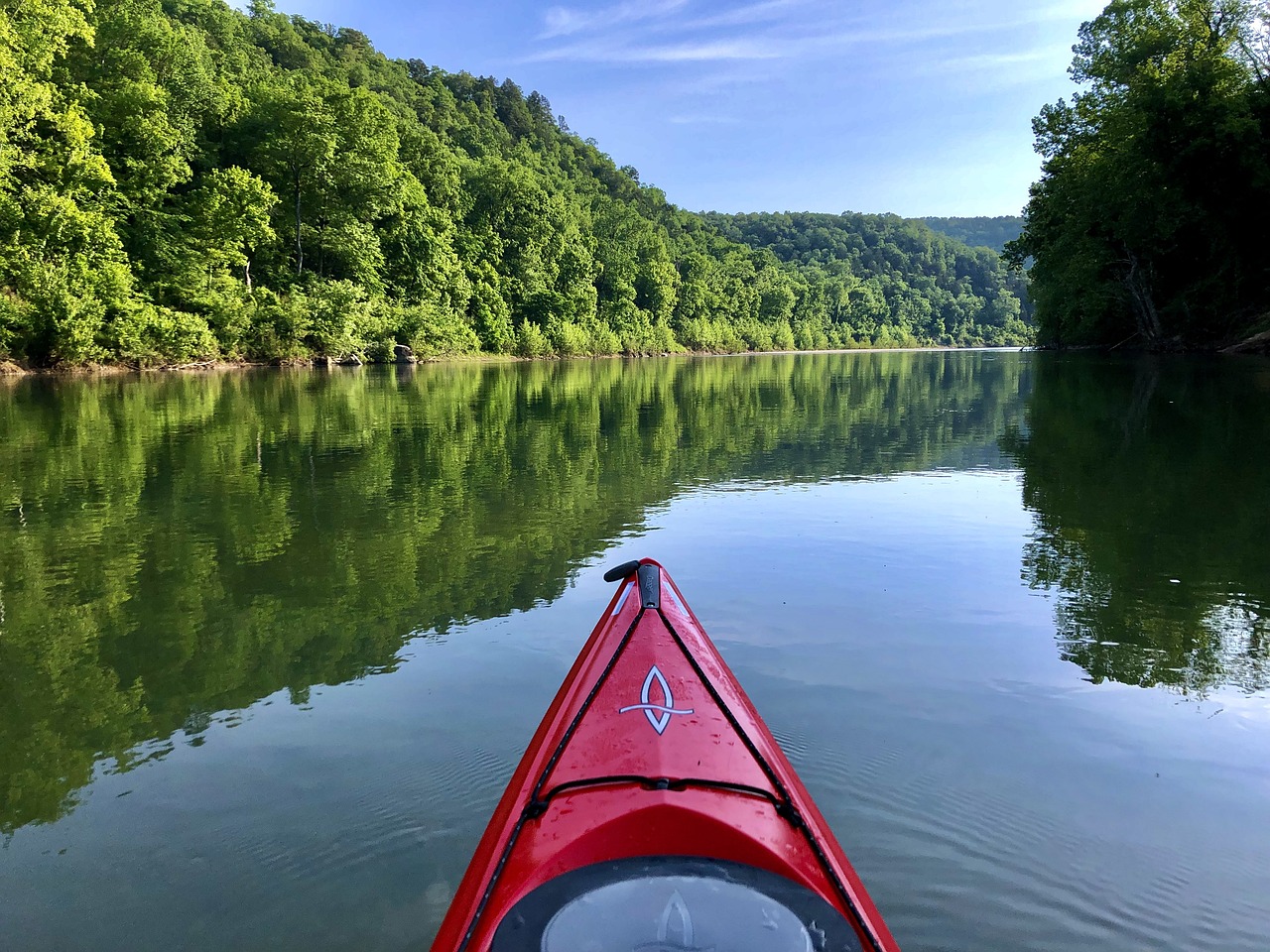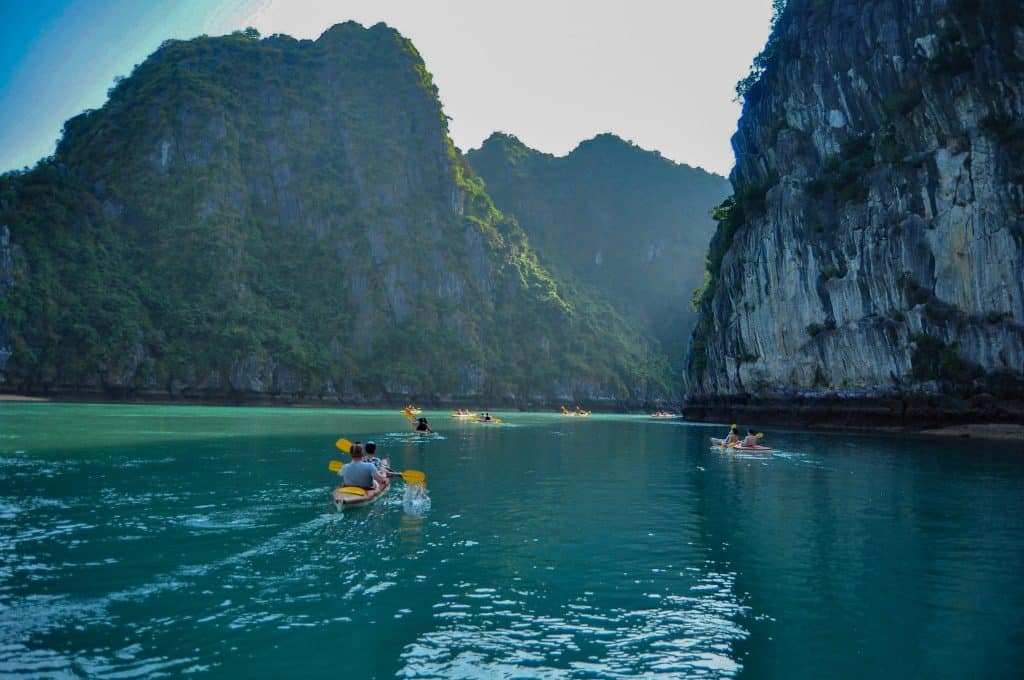Photographing from a Kayak: Capturing the Water’s Beauty

Kayaking presents a unique opportunity to capture the beauty of the water and its surroundings from an unparalleled perspective. Whether it's the serene stillness of a lake at dawn, the rugged beauty of a remote coastline, or the lively interaction of wildlife along a river, the vantage point from a kayak is unmatched. However, photographing from the unstable platform of a kayak presents its own set of challenges. This guide will cover gear tips, shooting techniques, and inspiring locations to help you capture stunning photographs from your kayak.
Gear Tips: Best Cameras and Waterproof Gear for Photography on the Water
Choosing the Right Camera: While DSLRs and mirrorless cameras offer the best image quality, their size and vulnerability to water damage make them less ideal for kayaking. Waterproof compact cameras or action cameras like GoPros are excellent for their durability and ease of use in wet conditions. For those willing to risk it for higher quality shots, ensure your more sensitive equipment is housed in waterproof casings.
Waterproofing Essentials: Regardless of your camera choice, a good dry bag is essential for keeping your equipment safe and dry. Consider a floating strap for your camera, so it doesn’t sink if you accidentally drop it in the water. Using a waterproof case or a dedicated underwater housing can provide additional protection and functionality for your camera.
Stabilization Gear: A kayak’s movement can make it hard to keep your camera steady. A monopod can serve dual purposes as a paddle stabilizer and a camera support. Alternatively, wearable mounts or attaching a flexible tripod to your kayak can offer hands-free options to capture steady shots.
Shooting Techniques: Composition and Stability Tips for Sharp, Stunning Photos
Stability Is Key: To minimize camera shake, keep your elbows close to your body or rest your arms on the kayak. Use the fastest shutter speed possible to freeze motion, and increase ISO if necessary. Image stabilization, either in your camera or lens, can be incredibly beneficial.
Composition Techniques: The rule of thirds is particularly effective in kayak photography, helping to balance the water with the sky or shoreline. Look for leading lines or natural frames, such as overhanging trees or rock formations, to add depth and interest to your shots.
Lighting and Timing: Early morning or late afternoon, known as the golden hours, provide soft, warm light that can dramatically enhance your photos. Overcast days can also offer diffused light that evenly illuminates scenes and reduces shadows.
Inspiring Locations: Where to Find the Most Photogenic Paddling Spots

National Parks: Many national parks, such as Glacier National Park in Montana or Banff National Park in Canada, offer stunning lakes and rivers with crystal-clear waters and dramatic mountain backdrops.
Coastal Areas: The rugged coastlines of places like the Maine Coast or the Sea of Cortez in Mexico provide dynamic landscapes with rocky shores, lighthouses, and abundant marine life.
Rivers and Lakes: The calm waters of lakes and rivers, like those found in the Adirondacks or the serene waterways of the Amazon Basin, can reflect the sky and landscape, offering symmetrical compositions filled with color and life.
Wildlife Hotspots: Areas known for their wildlife, such as the Everglades in Florida or the Okavango Delta in Botswana, allow for unique wildlife photography opportunities from the safety and stealth of a kayak.
Conclusion
Photographing from a kayak allows you to explore and capture the natural world from a fresh, exhilarating perspective. With the right gear, techniques, and locations, you can create stunning images that convey the beauty and tranquility of being on the water. Remember, the key to kayak photography is patience, preparation, and respect for the environment you’re capturing. So, secure your gear, hone your skills, and paddle out into the beauty that awaits.
